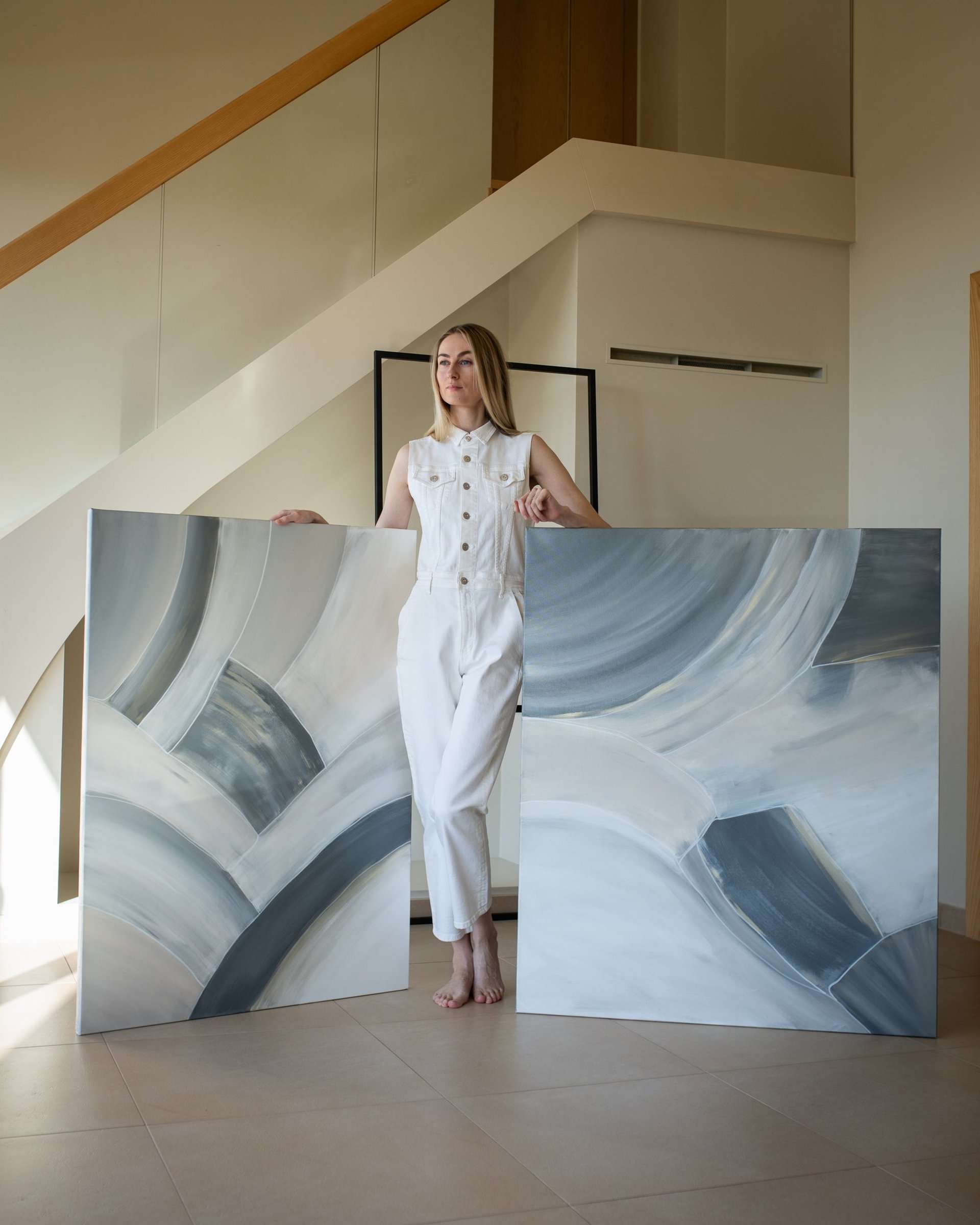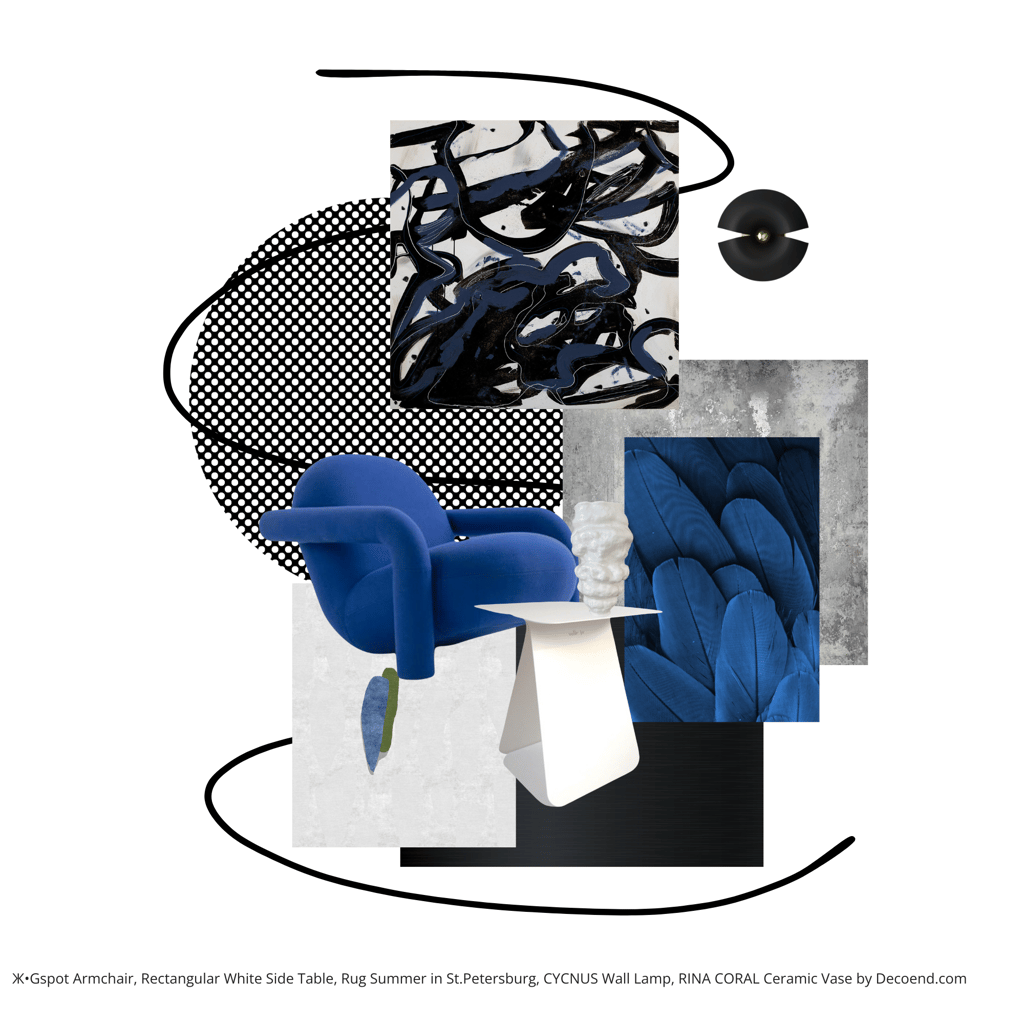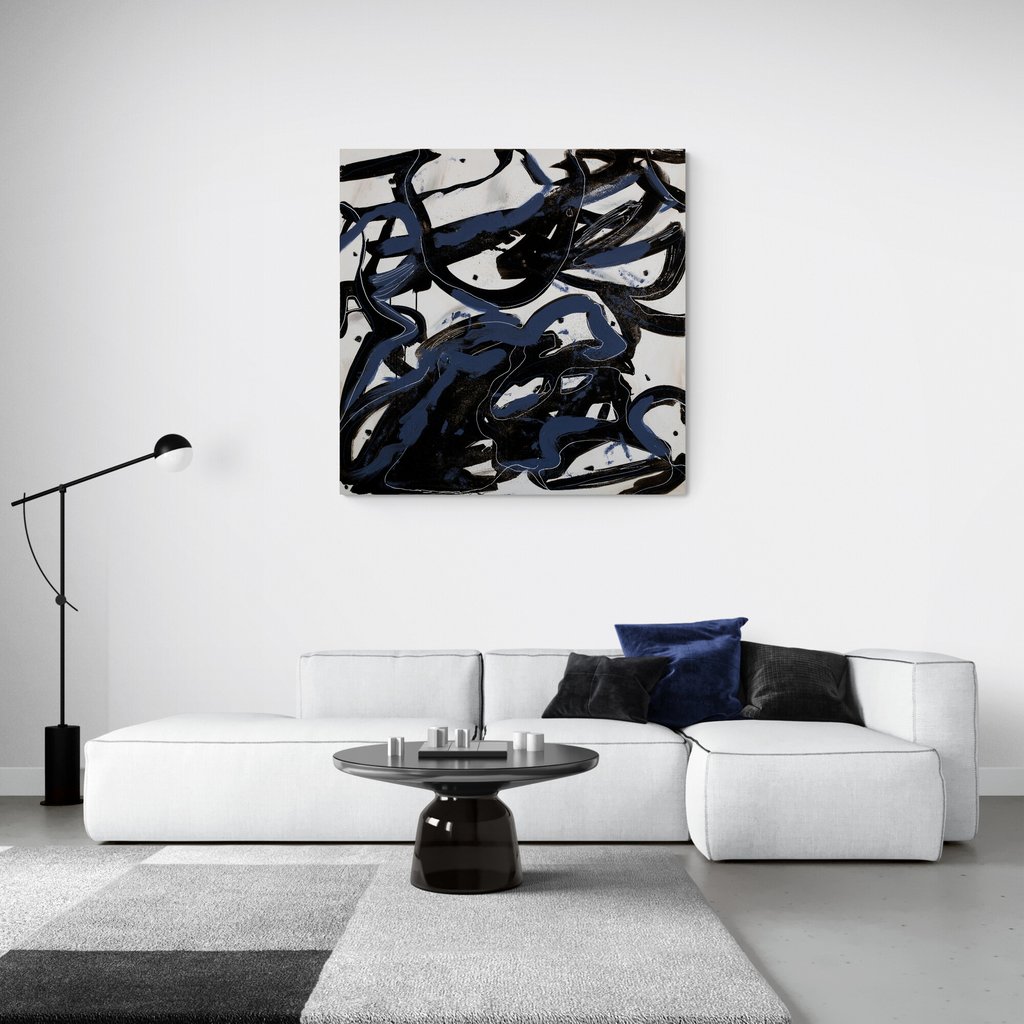„Abstract Art: Transforming Interiors and Emotions“
Learn how abstract art enriches interiors with creativity, versatility, and emotional depth. Discover its unique power to inspire imagination, evoke personal reflection, and significantly enhance any living or working environment

Understanding Abstract Art
Abstract art is a form of artistic expression that does not attempt to represent an accurate depiction of visual reality. Instead, it focuses on the use of shapes, colors, forms, and gestural marks to achieve its effect. Abstract art often conveys emotions, ideas, or concepts through non-representational and non-objective means.
Using Abstract Paintings in Interior Design
Abstract paintings can be a captivating addition to any interior design scheme. Their unique and unconventional nature adds a touch of sophistication and creativity to a space. Whether it's a home, office, or public setting, abstract art can transform the ambiance and create a focal point in the room.
When choosing abstract paintings for interior design, it's essential to consider the overall style and theme of the space. Abstract art can complement various interior design styles, including modern, contemporary, minimalist, and even traditional settings. The key is to find a piece that harmonizes with the existing color palette, furniture, and overall aesthetic of the room.
Abstract art can be used as a statement piece, drawing attention and sparking conversation. It can also serve as a visual anchor, tying together different elements in the room. The bold and vibrant colors, dynamic lines, and intriguing shapes of abstract paintings can create a sense of energy and movement within a space.


The Emotional Impact of Abstract Art
Looking at abstract art can evoke a wide range of emotions and experiences, as it encourages individual interpretation and personal reflection. The absence of recognizable objects or figures allows viewers to delve into their own thoughts, memories, and emotions.
Some people may feel a sense of joy and excitement when confronted with vibrant and expressive abstract paintings. The use of bold colors and energetic brushstrokes can create a feeling of optimism and enthusiasm.
On the other hand, abstract art can also elicit more contemplative and introspective emotions. The use of subtle tones, gentle curves, and delicate textures can evoke a sense of calmness, tranquility, and even melancholy.
Abstract art has the power to stimulate the imagination and engage the viewer on a deeper level. It invites us to explore our own thoughts and emotions, offering a unique and personal experience with each encounter.
In conclusion, abstract art is a form of artistic expression that goes beyond realistic representation. Its unconventional nature and subjective interpretation make it a versatile choice for interior design. The emotional impact of abstract art varies from person to person, as it encourages individual reflection and personal connection. Whether it's a burst of vibrant energy or a moment of quiet contemplation, abstract art has the ability to evoke powerful emotions and enhance the overall ambiance of a space.


